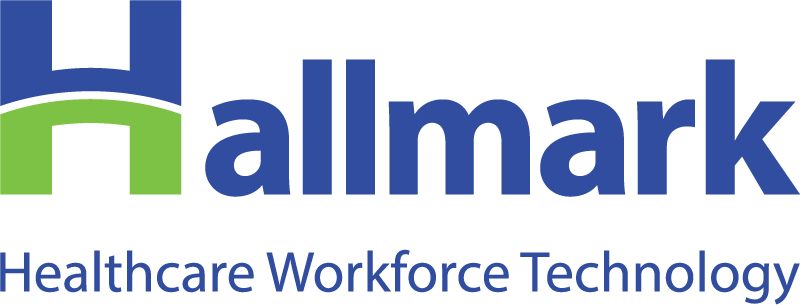Workforce Analytics Translates Raw Data into Actionable Information
Most business organizations have a bounty of data available to them. This is especially true of healthcare organizations, which have rich resources from patient records to payroll to EHR records, allowing for the need of physician compensation data analysis. As The Harvard Business Review writes, “The vast majority [of organizations] readily acknowledge themselves as ‘data-rich and information poor.”
But where do we start? How do we improve your workforce efficiency?
That question is always the starting point. Don’t approach physician compensation data analysis from the standpoint of basic data management – such as, merely capturing, storing, and presenting raw data. Instead, you want to leverage that data to produce beneficial outcomes.
Thus, it’s crucial to start with the goal in mind. Given that labor is the biggest spend in most healthcare organizations, you might want to take the time upfront to understand your situation and workforce.
For example, is time- and labor-intensive scheduling an issue? If your managers spend an average of two to three hours daily on core staff scheduling to the exclusion of patient care, then yes, it’s an issue. Fortunately, a problem like that is prime territory for workforce analytics.
